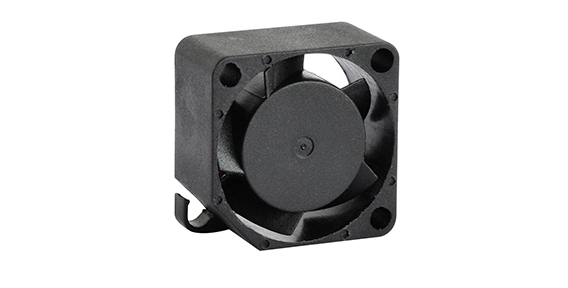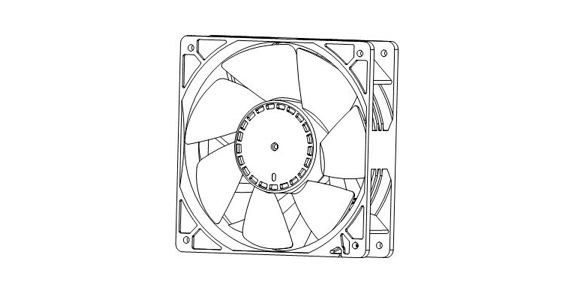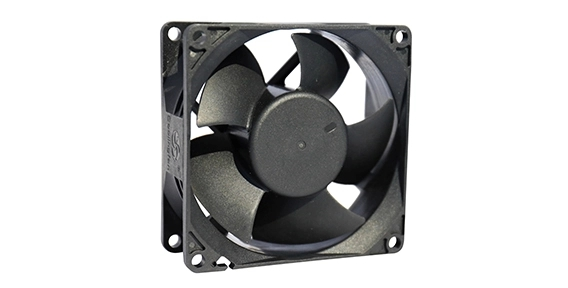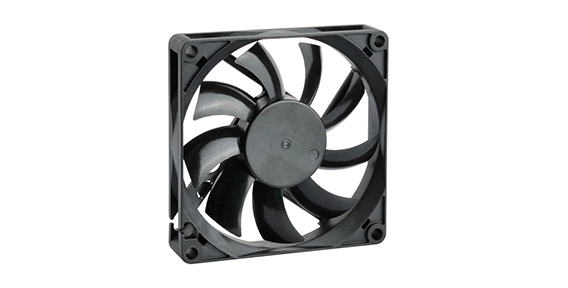Grasping the Implications of 12V DC Mini Fan in Axial Fan Operation
When it comes to cooling systems, axial fans play a crucial role in maintaining optimal temperature levels. These fans are widely used in various applications, ranging from electronics and computer cooling to industrial equipment and machinery. One popular variant of the axial fan is the 12V DC mini fan, which offers unique advantages in terms of efficiency and performance.
The 12V DC mini fan operates on a 12V direct current power supply, making it ideal for low voltage applications. This fan's compact size allows for easy integration into tight spaces, making it suitable for use in small electronic devices such as laptops, gaming consoles, and mini-PCs. Despite its small size, the 12V DC mini fan delivers excellent airflow, providing efficient cooling for these compact systems.

Unraveling 12V DC Mini Fan for Enhanced Cooling Precision
The 12V DC mini fan is designed to offer enhanced cooling precision in a variety of applications. Its specifications play a crucial role in determining its efficiency and performance. In particular, two key specifications need to be understood - airflow and noise.
Airflow is measured in cubic feet per minute (CFM) and denotes the volume of air moved by the fan in a minute. A higher CFM value indicates greater airflow, leading to better cooling performance. The 12V DC mini fan in 20mm cooling fan typically has a CFM rating of around 20-50, depending on its size and design.
Noise, on the other hand, is measured in decibels (dB). Lower noise levels are desirable, especially in applications where silent operation is necessary. The 12V DC mini fan usually has a noise rating ranging from 15dB to 40dB. Fan manufacturers often provide detailed specifications for noise levels at different speeds, helping users make informed decisions based on their specific requirements.

Exploring Dimensions for Seamless 12v dc mini fan Integration
The compact dimensions of the 12V DC mini fan make it a versatile choice for integration into various electronic devices. Understanding the fan's dimensions is crucial to ensure seamless integration and efficient cooling.
The dimensions of a mini fan are typically expressed in millimeters and denote the height, width, and depth of the fan. These dimensions play a crucial role in determining compatibility with the device or system in which the fan will be installed. It is essential to consider factors such as available space and airflow requirements when selecting a 12V DC mini fan.
Additionally, the fan's connector type and cable length should also be taken into account during integration. Different devices may require specific connector types, such as 2-pin or 3-pin connectors, for proper installation. The cable length should be sufficient to reach the power source without strain or restriction.
In the realm of cooling systems, the 12V DC mini fan offers efficient and precise cooling capabilities. Understanding the implications of this fan's specifications, such as airflow and noise, is vital in selecting the right fan for specific applications. Additionally, exploring its dimensions and considering connector types and cable length ensures seamless integration into electronic devices. By decoding the efficiency of 12V DC axial fan specifications, users can optimize cooling performance and maintain their systems' optimal temperature levels.

 EN
EN 

 +
+
 +
+
 +
+



